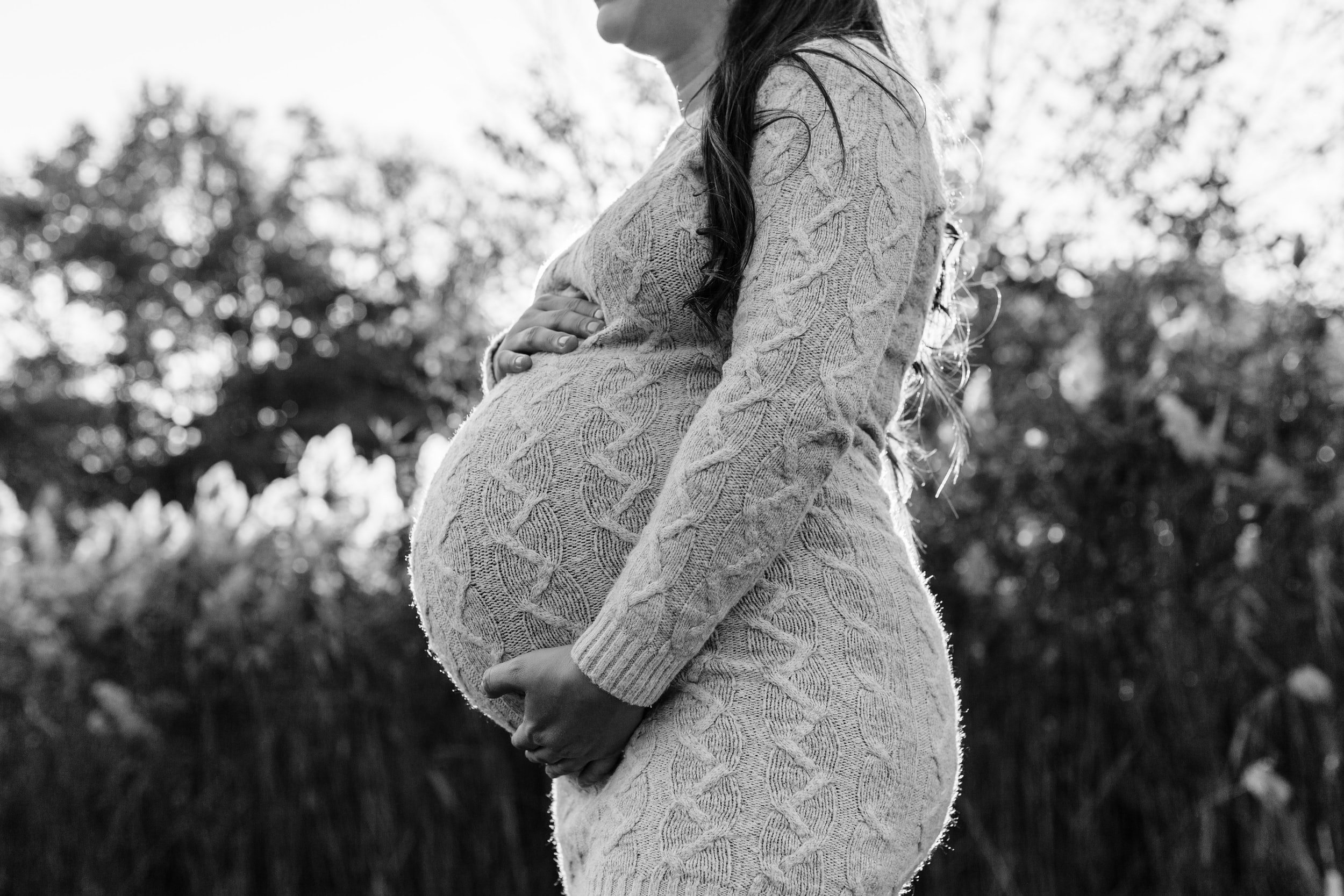by Joan Stephenson originally posted on JAMA Health Forum
Cesarean deliveries increased in the US from 2019 to 2021, a trend driven by a rise in the share of patients who underwent the procedure for the first time, according to a new report from the Centers for Disease Control and Prevention’s National Center for Health Statistics (NCHS).
The overall rate of cesarean deliveries—both primary (first-time) cesarean deliveries and repeat procedures in women who had previously undergone the procedure—has been on an upward trajectory for a substantial part of the past quarter-century, increasing 60% (from 20.7% to 32.9%) from 1996 to 2009, declining slightly (to 31.7%) by 2019, and then increasing again to 31.8% in 2020 and to 32.1% in 2021.
The report notes that most cesarean deliveries every year (roughly 3 out of 5) are primary cesareans, and that 4 out of 5 women who have had a primary cesarean delivery will go on to have another cesarean delivery for subsequent births.
Although the surgery can be lifesaving for both mothers and newborns, studies have found no clear evidence that the increase in the rate of cesarean deliveries has been accompanied by improvements in maternal or neonatal morbidity or mortality. In fact, compared with vaginal delivery, cesarean delivery is associated with a higher risk of such maternal complications as infection and subsequent pregnancy complications, as well as a significantly increased risk of maternal death from blood clots, complications of anesthesia, and other causes.
Such issues have raised “significant concerns that cesarean delivery is overused,” according to a 2014 consensus statement developed by the American College of Obstetricians and Gynecologists and the Society for Maternal-Fetal Medicine, reaffirmed in 2019. Since then, however, the upward trend in cesarean delivery has continued, resulting in a cesarean delivery rate that is among the highest among peer countries. According to a December 2018 report from the Commonwealth Fund, the US rate of 320 procedures per 1000 live births is slightly lower than that of Switzerland (327 per 1000 live births) and Australia (332 per 1000 live births) and about twice that in Norway and the Netherlands (each with slightly more than 160 procedures per 1000 live births).
In addition, rates of US maternal deaths—a problem disproportionately affecting Black and American Indian or Alaska Native women—have been increasing in recent years, and the Biden administration has declared that addressing the “maternal mortality and morbidity crisis” is a key priority. The US maternal mortality rate (17 maternal deaths for every 100 000 live births in 2018) was double or more the rates of 10 other high-income countries, which had rates in recent years ranging from fewer than 2 deaths per 100 000 live births (in New Zealand and Norway) to fewer than 9 deaths per 100 000 per live births (in Canada and France).
The new NCHS report examined trends in primary and repeat cesarean deliveries from 2016 to 2021, based on data from all birth certificates registered to US residents in the 50 states and the District of Columbia. It also considered recent changes (from 2019 to 2021) in rates of the procedure by maternal age, race and Hispanic origin, gestational age, and state of residence.
According to the report, the rate of primary cesarean deliveries fluctuated slightly from 2016 to 2019 and then increased by 4%, from 21.6% in 2019 to 22.4% in 2021—the highest rate reported since comparable national data have been available (2016). In contrast, the repeat cesarean delivery rate declined from 87.6% to 86.2% (an average of 0.6% each year) from 2016 to 2019 and then decreased to 85.9% by 2021.
The report also notes that recent increases in primary cesarean delivery rates occurred in women younger than 40 years. Between 2019 and 2021, rates increased 4% for women in their 20s (to 20.0% for women aged 20 to 24 years and to 21.0% for those aged 25 to 29), 2% among women aged 30 to 34 years (to 22.7%), and 1% for women aged 35 to 39 years (to 26.2%). Repeat cesarean rates declined less than 1% for all maternal age groups.
In addition, first-time cesarean delivery rates increased for most race and Hispanic-origin groups between 2019 and 2021, ranging from 3% for non-Hispanic Asian women (from 23.3% to 23.9%) and non-Hispanic White women (from 21.3% to 21.9%) to 14% for non-Hispanic Native Hawaiian and other Pacific Islander women (from 19.8% to 22.6%). In contrast, the repeat cesarean delivery rates decreased slightly (less than 1%) for non-Hispanic White and Hispanic women.
First-time cesarean delivery rates also increased during this period by 3% to 5% for births at all gestational ages 40 weeks or less. In addition, repeat cesarean rates increased 2% for deliveries at less than 34 weeks (from 86.2% to 87.5%).
There were also regional differences in cesarean delivery rates between 2019 and 2021. Increases in primary cesareans occurred in 31 states and the District of Columbia, ranging from 1% in Pennsylvania to 17% in Alaska, whereas rates declined in 2 states (Kansas and New Jersey). Repeat cesarean deliveries increased by 1% to 2% in Connecticut and Washington and declined by 2% or less in 7 states (Alabama, California, Florida, Georgia, Kentucky, New Jersey, and West Virginia).
Because most women who undergo a primary cesarean delivery will go on to have a repeat cesarean delivery for any future births, the NCHS report predicts that the overall cesarean delivery rate “is likely to continue to increase.”
Article Information
Published: July 12, 2022. doi:10.1001/jamahealthforum.2022.2824
Open Access: This is an open access article distributed under the terms of the CC-BY License. © 2022 Stephenson J. JAMA Health Forum.
Corresponding Author: Joan Stephenson, PhD, Contributing Editor, JAMA Health Forum (Joan.Stephenson@jamanetwork.org).
Conflict of Interest Disclosures: None reported.

